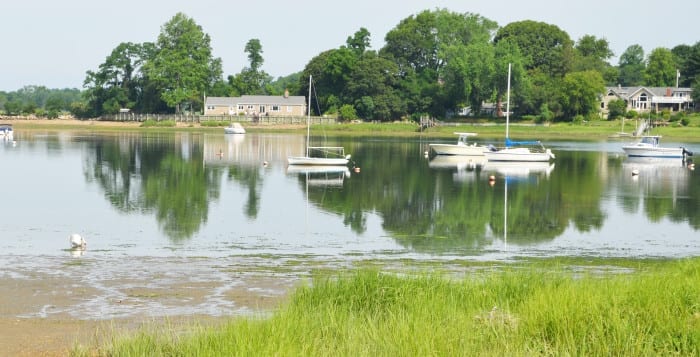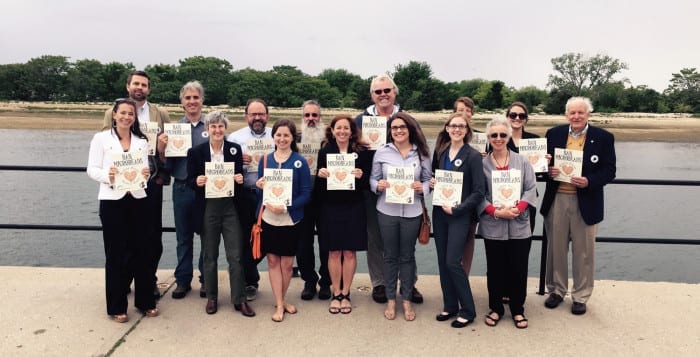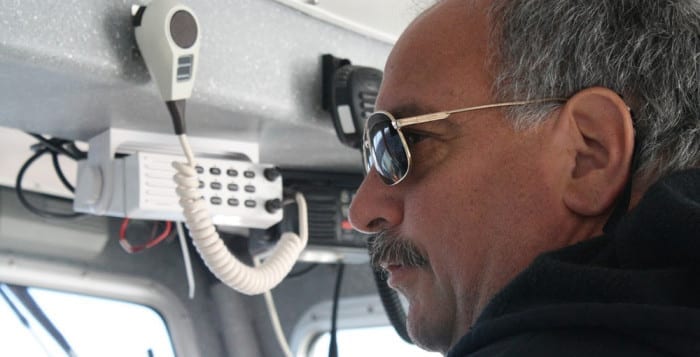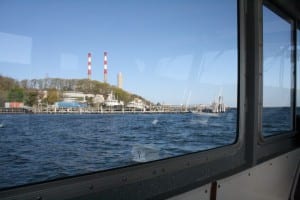Setauket Harbor’s closest friend circle just got a lot bigger.
The newly formed Setauket Harbor Task Force has been appointed to the Long Island Sound Study Citizens Advisory Committee, bulking up the group’s ability to preserve water quality across the North Shore and beyond. George Hoffman, a board member with the Setauket Harbor Task Force, said his group’s new spot on the advisory committee should provide them with greater resources to achieve their goals of protecting the waters of Three Village.
“We are pleased to be named to the bi-state commission,” he said. “Being a member of the CAC will benefit Setauket Harbor and provide us an opportunity to collaborate with other harbor protection committees on both sides of the Long Island Sound.”

The Long Island Sound Study was established in 1985 under the U.S. Environmental Protection Agency’s efforts to restore the health of the Sound and coordinate water quality activities among the various entities. Since 2005, the study has utilized collaborative funding to distribute more than $11.7 million to regional municipalities, environmental organizations and research institutions to improve the Long Island Sound’s water quality and coastal resiliency.
“The LISS CAC welcomes the Setauket Harbor Task Force as a member and is happy to
have new representation from New York and the central basin,” said Nancy Seligson, co-chair of the CAC and supervisor of the Town of Mamaroneck in Westchester County, “We look forward to working together to restore Long Island Sound.”
Since it was formed last year, the task force has been expanding in size and reach with help from volunteers across the North Shore, including Port Jefferson and Setauket. Hoffman and the task force attended a press conference alongside U.S. Sen. Kirsten Gillibrand (D-NY) late last month to announce the Long Island Sound Restoration and Stewardship Act, a congressional bill that would allocate up to $65 million each year for Long Island Sound initiatives that include various water quality projects, cleanup projects, waste water treatment improvements and nitrogen monitoring programs.
Hoffman also said the group recently took some comfort in a Long Island Sound Founders Collaborative report, which found some improvement in the Sound’s harbors and bays, but also exposed what he called concerning levels of hypoxia — the lack of dissolved oxygen in the water — that threatens fish and shellfish. The same symptom found itself at the forefront of Long Island media over the month of June after several hundreds of dead fish surfaced in waters surrounding the Island.
The Setauket Harbor Task Force most recently met with Brookhaven Town officials to discuss the maintenance of the town’s major stormwater basin that drains directly into the harbor. They also met with marine scientists from Stony Brook University to call for greater restrictions on the removal of horseshoe crabs from town beaches.








